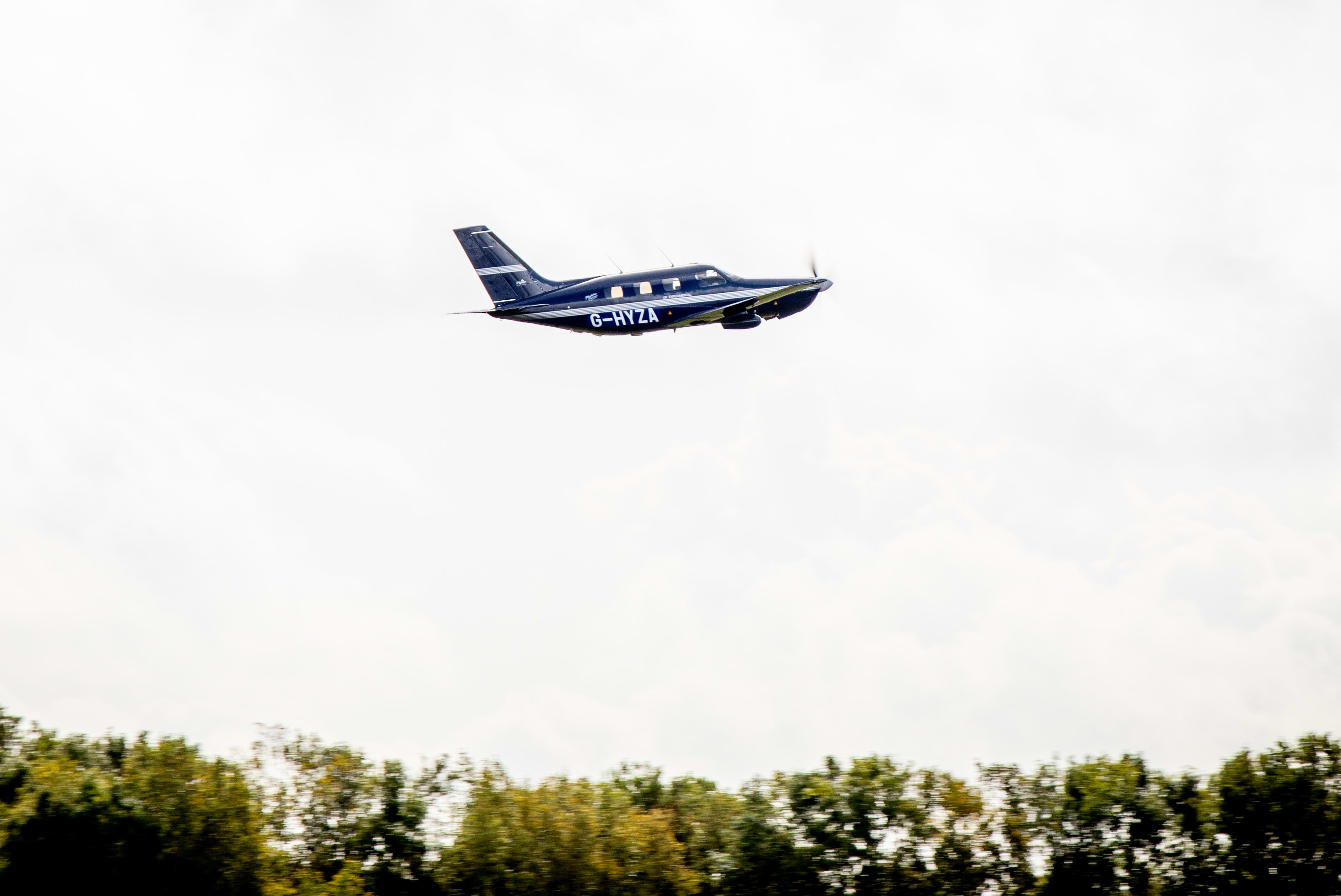Hydrogen-powered passenger plane completes maiden flight in ‘world first’

Hydrogen powered plane.
Source: ZeroAvia
A hydrogen fuel-cell plane that’s capable of carrying passengers completed its maiden flight this week, in another step forward for low and zero-emission flight.
ZeroAvia’s six-seater Piper M-class aircraft — which has been retrofitted with the device that combines hydrogen and oxygen to produce electricity — undertook a taxi, take-off, full pattern circuit and landing on Thursday.
ZeroAvia has said the trip, described as a “hydrogen fuel cell powered flight of a commercial-grade aircraft,” is a “world first.” Other examples of hydrogen-fuel cell planes that can host passengers do exist, however.
Back in 2016, the HY4 aircraft, which is able to carry four people, undertook its first official journey when it flew from Stuttgart Airport in Germany. The HY4 was developed by researchers at the German Aerospace Center alongside “industry and research partners.”
Thursday’s ZeroAvia flight was carried out at the company’s research and development site at Cranfield Airport, in England — 50 miles north of London. The airport is owned by Cranfield University.
“While some experimental aircraft have flown using hydrogen fuel cells as a power source, the size of this commercially available aircraft shows that paying passengers could be boarding a truly zero-emission flight very soon,” Val Miftakhov, the CEO of ZeroAvia, said in a statement.
ZeroAvia is heading up a program called HyFlyer alongside project partners Intelligent Energy and the European Marine Energy Centre (EMEC).
EMEC has described HyFlyer, which is backed by the U.K. government, as aiming “to decarbonise medium range small passenger aircraft by demonstrating powertrain technology to replace conventional piston engines in propeller aircraft.”
The next step of the HyFlyer project will see ZeroAvia work toward carrying out a flight of between 250 and 300 nautical miles from the Orkney Islands, an archipelago located in waters off the north coast of mainland Scotland. The plane on this flight will use hydrogen-fuel cells. It’s hoped this trip will happen before the end of 2020.
The news on ZeroAvia’s flight bookends a week in which European aerospace giant Airbus released details of three hydrogen-fueled concept planes, saying they could enter service by the year 2035.
The designs, named ZEROe, differ in size and style, but are all meant to be zero-emission, using hydrogen as their primary source of power.
One of the designs offers a radical vision of how airplanes could look in the years ahead. Carrying as many as 200 passengers, the “blended-wing body” concept would see wings “merge” with the aircraft’s main body.
While the widespread adoption of hydrogen power in aircraft is still some way off, land-based forms of transport are already using the technology, albeit on a small scale. Hydrogen buses have been introduced to the U.K. capital of London, for example.
Elsewhere, European firm Alstom has developed the Coradia iLint, a train that harnesses fuel-cell technology to turn oxygen and hydrogen into electricity.
According to the company, it can reach speeds of up to 140 kilometers per hour (87 miles per hour), is low-noise and “emits only steam and water.”




